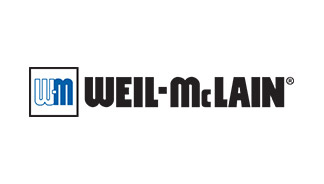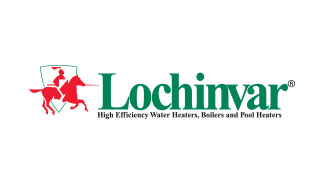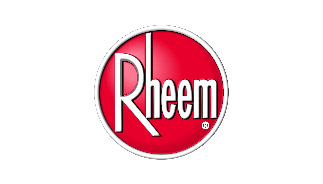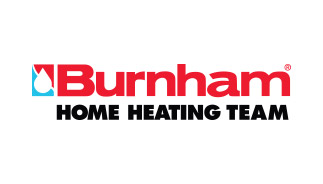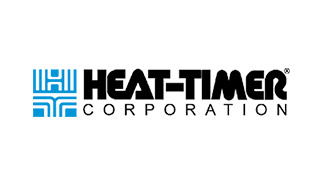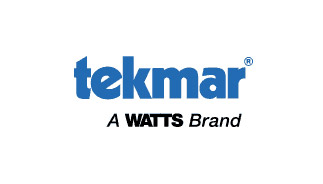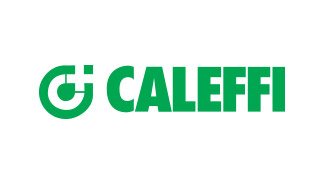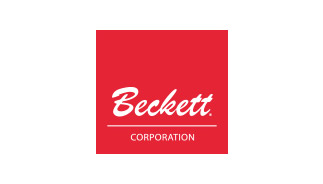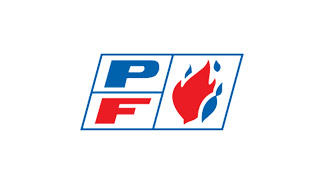Published on
January 23rd, 2023Dangerous Commercial Boiler Problems and Solutions: How to Avoid Surging, Corrosion, and Other Hazards
We often say that the heart of the New York City buildings we serve is the boiler system that provides heat and hot water to condo or co-op dwellers. Failure to maintain your boiler or to catch problems early can result in catastrophe that includes angry residents, danger for building staff, preventable expenses, and loss of a client if you’re a property manager. Here are the four most common dangerous commercial boiler problems and solutions, so you can prevent major issues from starting in the first place.
Boiler Surging
An impending disaster
Boiler surging often goes by other names, such as foaming or priming. When a boiler is surging, the water in the tank will churn like the ocean during a storm or percolate like coffee in an old-fashioned pot. Many people notice the sound of surging first: a loud slapping noise as the water hits the tank walls.
You may also see water in the sight glass rising and falling dramatically, much more so than normal. Every time the water drops, like the trough of a wave at sea, the automatic water feeder may sense that the tank needs filling and run again and again needlessly.
Building residents may even see symptoms of boiler surging. Their radiator valves may hiss and spit water, or occupants may not get adequate heat. They may hear that classic banging called “water hammer,” which results from an improper proportion of steam or hot water to air in the radiator and nearby pipes.
What causes boiler surging? These factors are the most common, alone or in combination:
- Oil leaking into the boiler water
- Poor filtration of the water supply
- Water pH too low (acidic), usually due to untreated water (see more below)
- Overfiring due to burner set too high or the wrong size
- Incorrectly installed Hartford loop
- High steam velocity due to piping narrowing as it exits the boiler
Steam can’t lift from the boiler water under many of these circumstances, and pressure builds as the water continues to churn. That’s why occupants often don’t get heat in their units during boiler surging.
Other, more dire consequences include flooding if the boiler tank overflows, wear and tear on the automatic water feeder, excess water consumption, and high fuel bills. A surging incident can reduce the lifespan of your boiler too.
The best prevention against surging is correct boiler installation, as well as regular maintenance and cleaning, which we make easy for our clients with annual labor service agreements. Proper expert maintenance checks catch all of the factors listed above that contribute to surging. Additionally, your boiler water must be chemically treated by professionals, which we discuss in the next section.
Boiler Tank Corrosion
Preventable wear and tear
Acidic water is murder on boiler parts, especially the boiler tank. What is considered acidic? Anything between 0 and 7 on the pH scale, with 7 being neutral, and 7 to 14 being alkaline. Remember, pH is a logarithmic scale, so each pH level is 10 times more acidic as the numbers drop.
If you have a leak that’s getting worse on your boiler tank, it’s likely due to corrosion wearing through the metal, thanks to acidic water. That same corrosion can also be eating away at your other boiler system parts and plumbing components, shortening their lifespans unnecessarily.
Fortunately, it’s relatively easy to avoid acidic boiler water. The pros at Calray Boilers can test your water to determine its pH. Then we add chemicals to get the water to an alkaline range, usually somewhere around 7-10 pH. We also make sure the pH is correct in the rest of your system, like your condensate return mechanism. You extend the lifetime of the boiler and help prevent disasters like surging, described above.
Excess Carbon Monoxide
A silent killer
Carbon monoxide in a boiler room can knock out or even kill building staff in a very short time. It binds more easily than oxygen with hemoglobin in the bloodstream, quickly robbing the body of the oxygen it needs to survive.
Your boiler room should be equipped with a carbon monoxide (CO) detector that alerts you to excess levels of CO. Other signs of carbon monoxide poisoning include:
- Unusual lethargy
- Sleepiness or fainting
- Coma
- Dizziness
- Headache
- Confusion
- Slurring words
- Chest pain
- Nausea and vomiting
- Shortness of breath
- Rapid heartbeat
- Bright pink coloring of the skin and mucosal membranes
You might think someone is drunk or having a diabetic emergency when they’ve actually been exposed to too much carbon monoxide.
What’s the solution? First, always make sure your CO detectors are in perfect working order by performing regular tests on them.
Also, carbon monoxide in a boiler room is nearly always the product of incomplete combustion. Therefore, keep the combustion chamber of the boiler clean. If you notice a sooty buildup on the burners or the flame burning yellow instead of blue, you’re overdue for maintenance and cleaning.
Automatic Water Feeder Failure
Prelude to boiler shutdown
We discussed automatic water feeder problems above in regard to surging. That kind of problem can definitely wreak havoc on your feeder. Most frequently, the other causes of automatic water feeder failure are due to pump problems, either with the motor that drives the pump or with the pump’s impeller, which is the fan-like part that moves water.
Another common water feeder problem is the sensor getting stuck in the tank, leading the feeder pump to either run continuously (risk of flooding and high water bills, as well as pump wear) or fail to run when it should (danger of tank being too low, aka running dry).
Usually, sensor issues are easy to fix by unsticking the distal end if it has become adhered to the tank or replacing the sensor unit. We defer to our partners at Antler Pumps when it comes to more serious concerns with the pump itself.
Don’t let dangerous commercial boiler problems put your building at risk. Schedule a maintenance session with Calray Boilers by calling us today at 212-722-5506.
